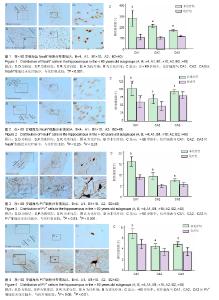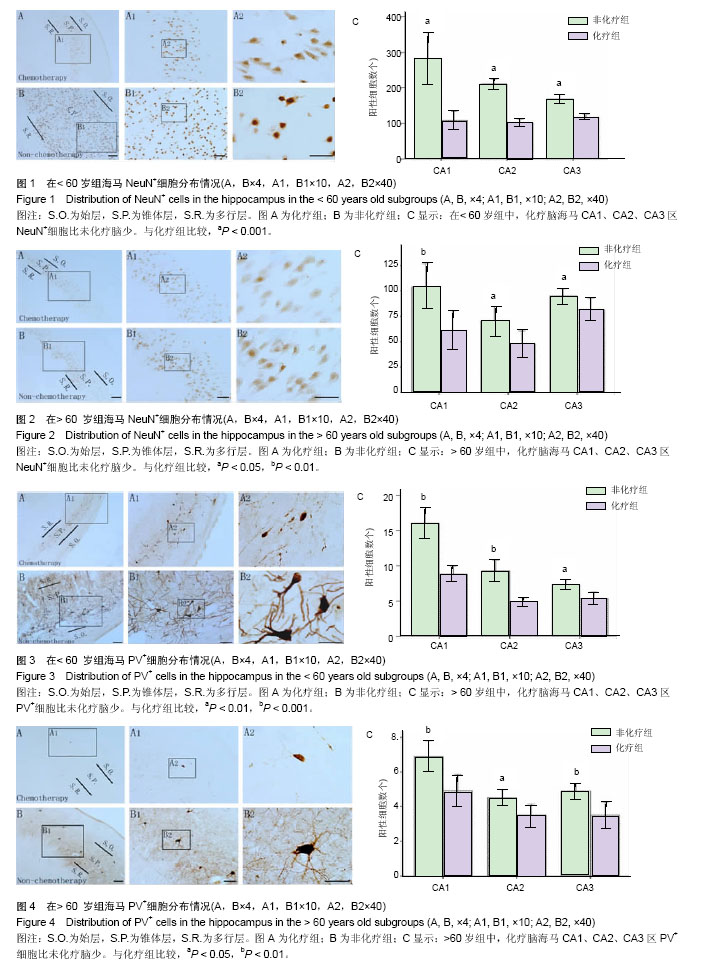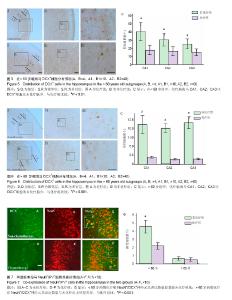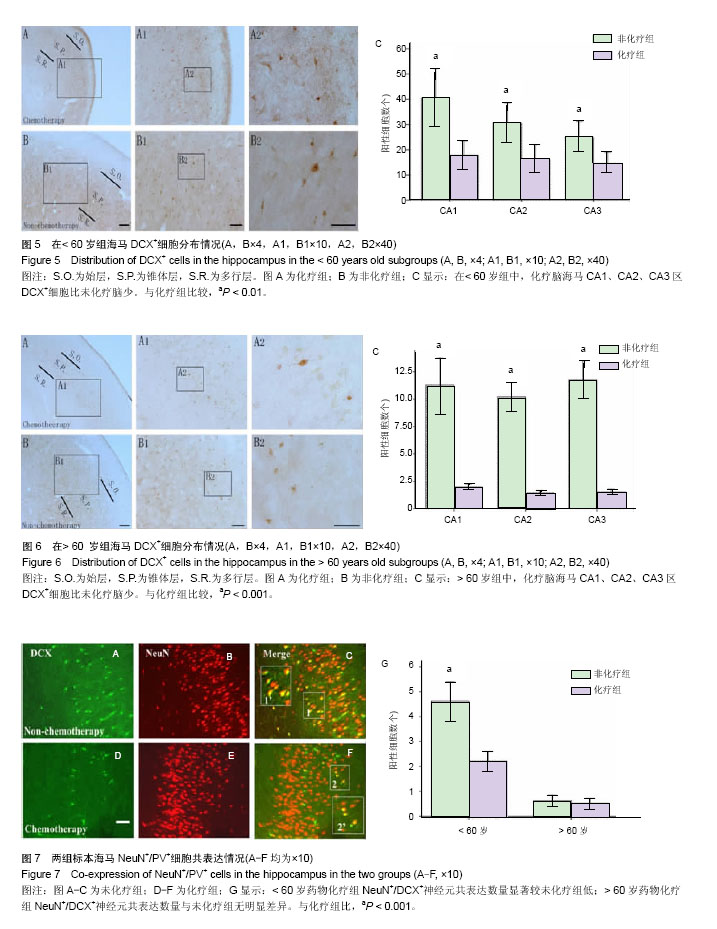| [1] Mena M,Wiafe-Addai B,Sauvaget C,et al.Evaluation of the impact of a breast cancer awareness program in rural Ghana: a cross-sectional survey.Int J Cancer. 2014;134(4): 913-924.[2] Kaiser J,Bledowski C,Dietrich J.Neural correlates of chemotherapy-related cognitive impairment. Cortex. 2014; 54(6): 33-50.[3] Moore HC.An overview of chemotherapy-related cognitive dysfunction, or 'chemobrain'.Oncology (Williston Park).2014;28(9): 797-804.[4] Ahles TA.Brain vulnerability to chemotherapy toxicities. Psychooncology.2012;21(11): 1141-1158.[5] Ferguson RJ, McDonald BC, Rocque MA, et al.Development of CBT for chemotherapy-related cognitive change: results of a waitlist control trial.Psychooncology.2012;21(2):176-186.[6] Dietrich J, Han R, Yang Y, et al.CNS progenitor cells and oligodendrocytes are targets of chemotherapeutic agents in vitro and in vivo.J Biol.2006;5(7): 22-35.[7] Seigers R,Fardell JE.Neurobiological basis of chemotherapy-induced cognitive impairment: a review of rodent research.Neurosci Biobehav Rev.2011;35(3): 729-741.[8] Mandelblatt JS, Jacobsen PB, Ahles T.Cognitive effects of cancer systemic therapy: implications for the care of older patients and survivors.J Clin Oncol. 2014;32(24): 2617-2626.[9] Tonning OI, Perrin S, Lundgren J, et al.Long-term cognitive sequelae after pediatric brain tumor related to medical risk factors, age, and sex.Pediatr Neurol, 2014;51(4): 515-521.[10] Ris MD, Walsh K, Wallace D, et al.Intellectual and academic outcome following two chemotherapy regimens and radiotherapy for average-risk medulloblastoma: COG A9961.Pediatr Blood Cancer.2013;60(8): 1350-1357.[11] Andreotti C, Root JC, Ahles TA, et al.Cancer, coping, and cognition: a model for the role of stress reactivity in cancer-related cognitive decline.Psychooncology.2014;13(2): 195-210.[12] Yang M, Kim JS, Kim J, et al.Acute treatment with methotrexate induces hippocampal dysfunction in a mouse model of breast cancer.Brain Res Bull.2012;89(1-2): 50-56.[13] Goncalves MB, Williams EJ, Yip P, et al.The COX-2 inhibitors, meloxicam and nimesulide, suppress neurogenesis in the adult mouse brain.Br J Pharmacol.2010;159(5): 1118-1125.[14] Schultz DH, Balderston NL, Helmstetter FJ.Resting-state connectivity of the amygdala is altered following Pavlovian fear conditioning.Front Hum Neurosci.2012;6(9): 242-250.[15] Gabbott P,Headlam A,Busby S.Morphological evidence that CA1 hippocampal afferents monosynaptically innervate PV-containing neurons and NADPH-diaphorase reactive cells in the medial prefrontal cortex (Areas 25/32) of the rat.Brain Res. 2002;946(2): 314-322. |



